The interrupted zone
Khris Middleton, the hot streak the world disrupted, and the most important basketball question of this unique NBA title race.

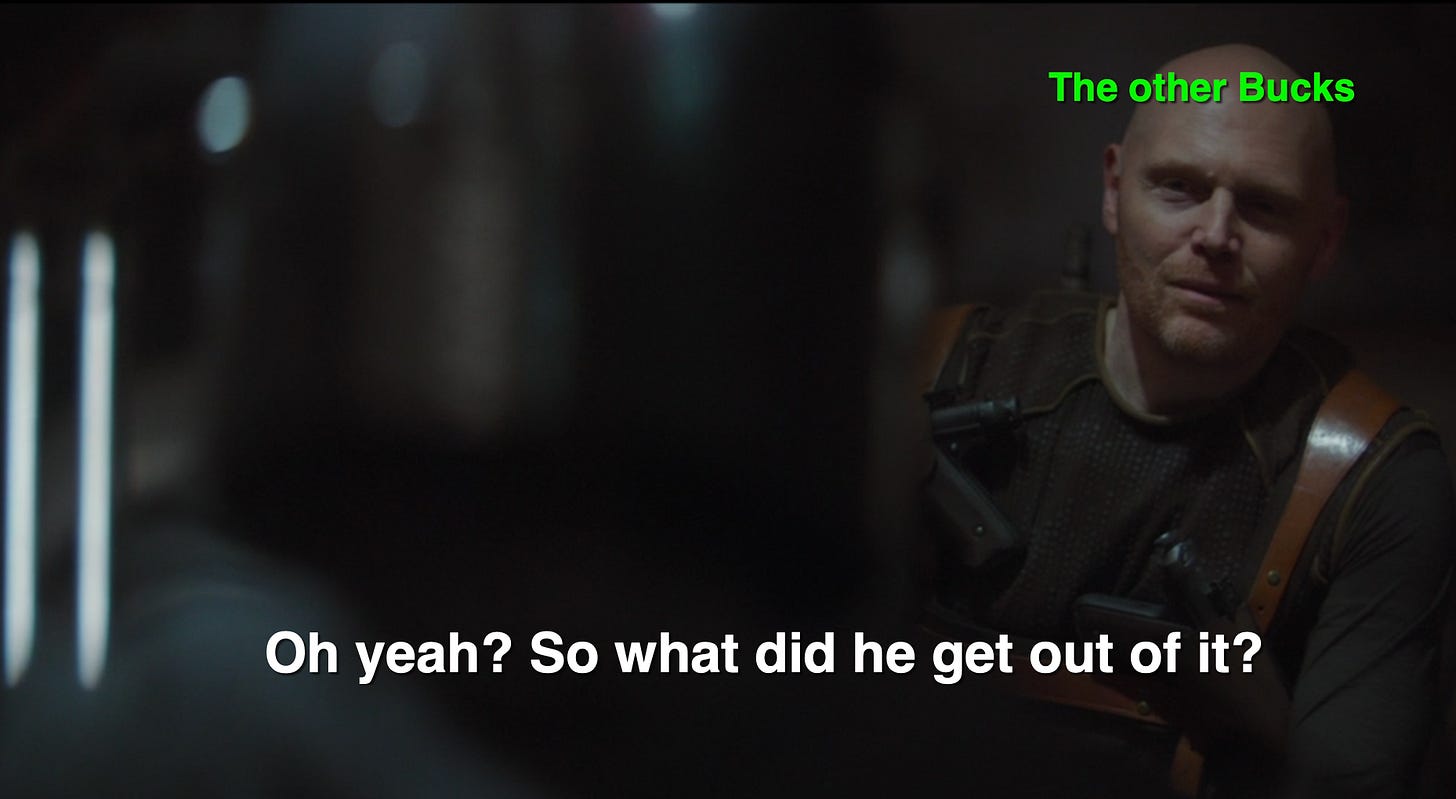

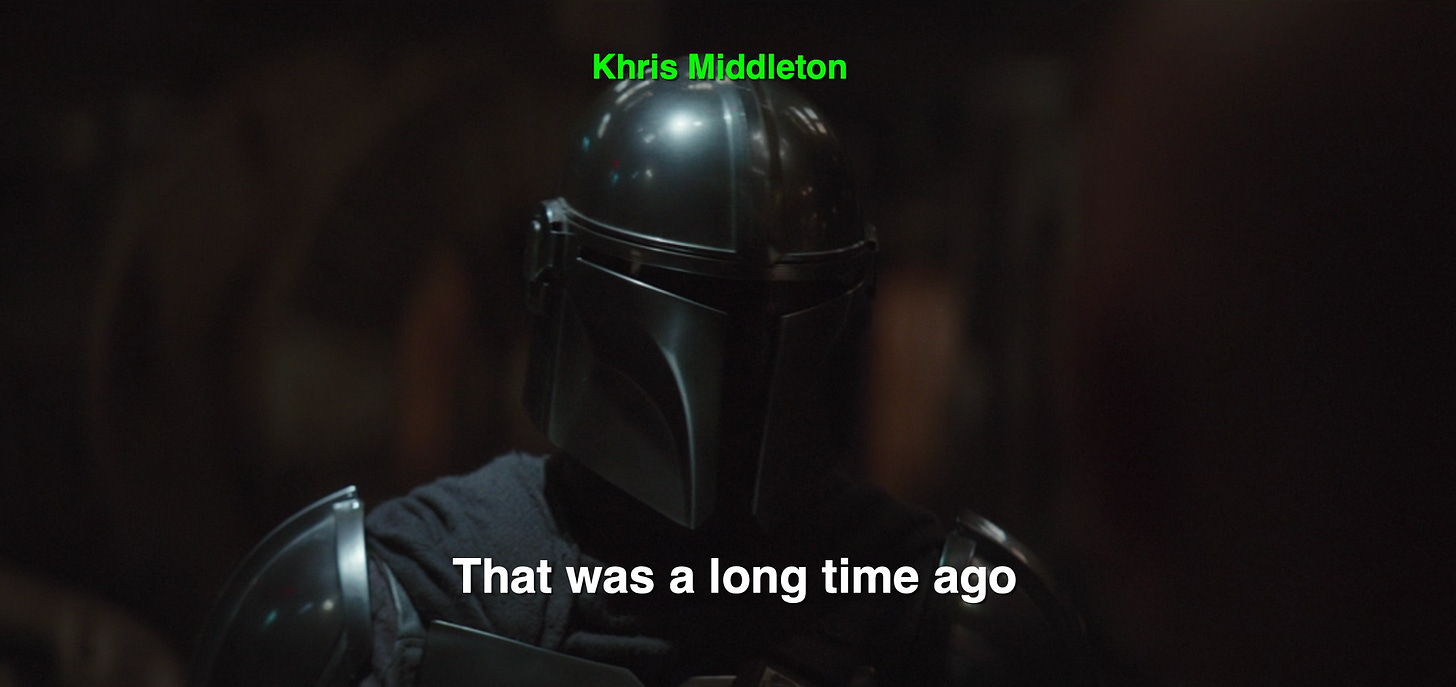
To celebrate the NBA’s return, we’re doing TWO free breakdowns AND a free podcast this week. (Here’s the first piece on the impact of Tracy McGrady. Here’s the podcast talking biomechanics with By Any Means Basketball’s Coleman Ayers).
Normally, we’ll have just one free post and one podcast, with everything else for paid subscribers. Here’s how you can become one if you aren’t already.
Quick question: Who is the best shooter in the NBA bubble?
Simple to ask, yet challenging to answer. Does “best shooter” mean the best off the catch, off the dribble, or some combination of the two? The best from long range or someone that’s equally great from all spots on the court? The best in an empty gym or the best against tight defenses? The one with the highest shooting percentage, or the one who inspires the most terror among opposing coaches?
Ask 10 different people those questions, and you’ll get 30 different answers. Percentages don’t lie … except sometimes they do. And what’s a large enough sample of shots to consider those percentages reliable anyway? When is a hot streak real and not just a blip?
So let’s be more specific. Which player currently in the NBA bubble has been the best shooter in the league this season? There’s still a lot of factors to consider, but at least we’ve limited the sample to a meaningful context.
And that’s enough to identify a clear answer to the question. It’s Khris Middleton.
Don’t look so surprised. Here are some facts about Khris Middleton’s shooting this season:
A single made bucket from the elusive 50/40/90 club (50 percent from the field, 40 percent from three, and 90 percent from the line)
More than 52 percent from mid-range. That’s 12 percent higher than the league average.
More than 53 percent on two-pointers from eight feet and beyond while averaging six and a half per game. Oh, and 42 percent on threes while taking nearly six of those per game.
At the 86th percentile or better for his position from every single range on the floor outside of the restricted area, per Cleaning the Glass.
More than 48 percent on any sort of pull-up jumper.
Exactly 47 percent on every shot classified as a “jumper” by NBA.com. By this metric, 77 percent of his field goal attempts are jumpers. No small sample size here.
And here’s his shot chart.

Combine those numbers with an increased offensive role and solid defense, and Middleton is having an all-NBA-caliber season. (He’d make my hypothetical second team, ahead of Pascal Siakam and Jayson Tatum). His career season has more than masked the offensive impact of Malcolm Brogdon’s departure and given the Bucks the certified Plan B they lacked last year when teams walled Giannis Antetokounmpo off from the paint.

In a normal season, Middleton’s hot hand could proceed uninterrupted through the calendar year. There’s no guarantee it would continue; regression to the mean is always possible, and the playoffs are a different beast. But at least Middleton and the Bucks could count on games, practices, traveling, etc. coming at a steady, familiar pace. It’d be easier for him to stay in the zone.
And then COVID-19 ground everything to a halt. The league shut down, Middleton supposedly went 2-3 months without touching a basketball (color me skeptical), and it became obvious that the only way to finish the season was to bring 22 teams to one location for months with little-to-no exposure to the outside world.
We know this monumental disruption of the normal in-season routine will dramatically affect teams and players, even if we can’t know how yet. We also know that Middleton was having one of the greatest shooting stretches ever within a normal in-season routine that has now turned upside down. And we also know that Middleton’s accuracy from all zones on the court was solving the Achilles heel that stopped the Bucks from winning a title last season.
That’s why I think the most important on-court question of the bubble is whether Khris Middleton can keep this up. Will he continue to perform as an all-time marksman, or will the rapid change in environment turn him back into just a very good shooter? The answer will determine the 2020 NBA championship.
“Damn,” you’re thinking. “That’s pinning a lot on Khris’ shooting.” Yes it is. So why is it SO important?
Let’s rewind first. The Bucks were the best team in the NBA last season, but they had two key weaknesses that doomed them in the playoffs:
Their elite defense could be busted by hot perimeter shooting.
Their half-court offense was too one-dimensional. Stop Giannis Antetokounmpo from getting to the hoop, and the Bucks lived and died with a collection of unproven shooters vulnerable to the high stakes of the postseason. There was no in-between.
The former is still true, though Milwaukee has tightened up their base approach even further this season. Many of us thought the latter would also hold true, especially when the Bucks let Brogdon, a blossoming secondary ball-handler, leave in free agency.
But it hasn’t been so far, and that’s largely because of Khris Middleton.
The dirty little secret of last year’s Bucks is that Middleton didn’t have a great season. His scoring was down, his shooting efficiency dropped, and he didn’t take as well to Mike Budenholzer’s Giannis-and-space style as the rest of the team. Middleton looked like his old self whenever he played without Antetokounmpo, but his true shooting percentage dropped by more than four percentage points when they shared the court. He made his first All-Star game based off reputation and Milwaukee’s team success — coaches tend to act a year late when players emerge, as I wrote about when Devin Booker was initially snubbed this season.
The playoffs weren’t much better. One year after striking the fear of God into the Celtics during their seven-game first-round series, Middleton shot less than 42 percent from the field and 40 percent from two-point range. He was on fire in Game 4 against Toronto, but averaged just 10.4 points per game on less than 33 percent shooting in the other five games of the Eastern Conference Finals.
Why the drop in production? One reason is that Budenholzer’s space-and-react ethos ran counter to Middleton’s more programatic approach to the game. Middleton, to quote ESPN’s Kevin Arnovitz, “traditionally preferred to know how and where his shots materialize in the half court.” Budenholzer’s system isn’t play-specific, and it definitely shuns Middleton’s preferred mid-range zone. Both needed time to meet each other halfway.
The other reason had a lot to do with Brogdon, though indirectly. Brogdon’s emergence shifted Middleton up a position and forced him to guard the game’s great wing scorers. Like, say, Kawhi Leonard. You can understand why Middleton’s offense suffered in the East Finals.
Not only did that wear Middleton out, but it also muddled the offensive pecking order. More scorers is a good thing in theory, but it made Middleton’s adjustment even harder in practice. He played less a second star and more like another pawn serving Antetokounmpo’s game.
Both factors changed this season. The addition of Wes Matthews and emergence of Donte DiVincenzo relieved Middleton’s defensive responsibility, freeing him to focus on bucket-getting. Meanwhile, Budenholzer has tweaked his system on the margins to account for Middleton’s elite mid-range shooting. Pull-up threes are still preferable to twos, but more of these shots are now tolerated, if not encouraged.

Middleton is making the most of the precious touches he got back. He’s toasting smaller players on switches…
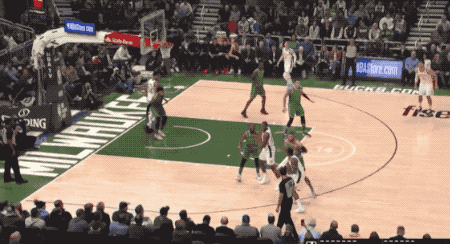
And speeding past bigger players off the dribble.
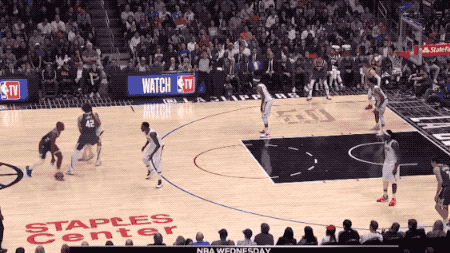
But the biggest change is in the pick-and-roll, where Middleton has assumed more ball-handling responsibility. As Action Network’s Matt Moore wrote, the Bucks are finishing more plays via the pick-and-roll than they did last season despite losing Brogdon, one of their primary pick-and-roll initiators. Many of those opportunities are going back to Middleton, and he’s burning the nets on them

More crucially, note the man screening for Middleton on that play. As Moore wrote:
Antetokounmpo finished plays as the roll man in pick-and-roll 91 times last season in 72 games (1.3 times per game). He finished them 106 times in 57 games so far this season (1.86 times per game). That seems like a tiny increase, but it’s significant for just adding a few more possessions where the Bucks didn’t need Antetokounmpo initiating.
Last season, Giannis screened on-ball 15.8 times per 100 possessions and the Bucks scored 1.09 points per possession, per Second Spectrum data provided to Action Network. This season, that number is up to 16.7 times per 100 possessions, and scored 1.17 points per possession. If you were wondering, that offensive mark would be the No. 1 offense in the league on its own. So, yeah, using Giannis as the screener is pretty effective.
Suddenly, the Bucks are better weaponizing their two best players together. Middleton and Antetokounmpo are assisting each other at a rate of 4.6 times per 36 minutes this season, compared to 3.6 times/36 minutes in last year’s regular season and a putrid 2.5 times/36 minutes in the 2019 playoffs. The Middleton/Antetokounmpo two-man game — i.e. any pick-and-roll or dribble handoff — has produced 96 buckets or direct Middleton assists this season, according to video I tracked from NBA.com.
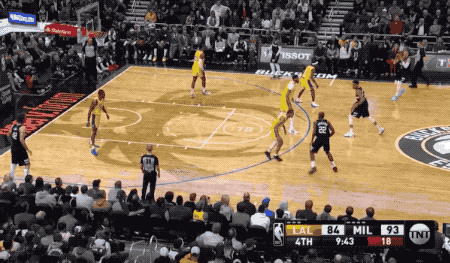
Many of those hoops have come in the few tight fourth quarters the Bucks have faced this season. In fact, Middleton and Antetokounmpo have assisted each other more times in 209 fourth-quarter minutes this season (36) than they did in 311 fourth-quarter minutes last year (33).
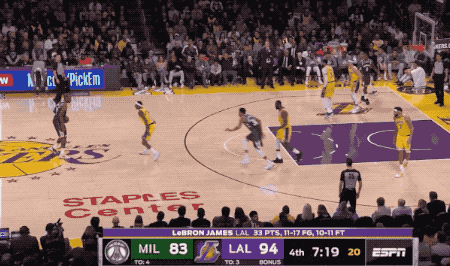
The rise of the Middleton/Antetokounmpo pick-and-roll solves two problems that plagued Milwaukee last year. On a granular level, it’s harder to defend Antetokounmpo with a center and dare him to shoot. The Bucks can now have Antetokounmpo set an on-ball screen for Middleton, who thrives in the mid-range space that center gives up.




If Antetokounmpo’s man comes up too high to stop Middleton, that’s bad news for the defense.
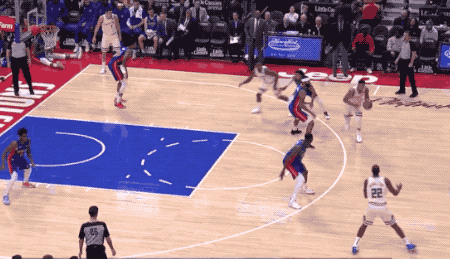
More fundamentally, though, Middleton is now able to function as effectively with the Bucks’ other star as he does without him. Middleton’s true shooting percentage when sharing the court with Antetokounmpo was just 53.6 percent last year. This year, it’s 63.3 percent. Big difference!
And because of that, the Bucks’ half-court offense doesn’t lag as far behind its devastating transition game. They still turn their great defense into offense, but now they score more effectively even if opponents scheme to take away Antetokounmpo in the open floor.
The website PBPStats.com is a terrific resource for situational stats. My favorite thing it does is track a team’s scoring efficiency based on the prior defensive possession. What do teams do off misses compared to makes? What about missed threes vs. missed layups? Etc. Etc. And you can be even more specific than that.
I ran some numbers based off a hunch and found something interesting. Last season, the Bucks scored 5.6 more points per 100 possessions off missed shots than off makes, the seventh-highest difference in the league and fourth-highest among playoff teams. The difference jumped to nearly 17 points per 100 possessions in the playoffs, which is astounding. When their defense forced a miss, they were unstoppable. When it didn’t, they couldn’t score at all. And you wonder how they were vulnerable to the Raptors’ combined effect of making open threes and clogging the middle on Antetokounmpo
So what about this season? Milwaukee still scores more efficiently off missed shots, but the gap has been cut in half. Now, they’re only 2.8 points per 100 possessions better after an opponent miss compared to a make. Now, they’re a top-10 offense in both situations rather than only getting there when their defense forces a miss.
Put another way, they’ve become a more balanced team with a better Plan B. That largely occurred when Khris Middleton became the best all-around shooter in basketball instead of merely a very good one.
So let’s fast forward to the present day. Suppose that luck plays no role at all and the only reasons Middleton’s shooting improved are the ones I just listed. Suppose his five-month heater was (is?) entirely due to his improved level of comfort in his second year in Budenholzer’s system and the subtle-yet-essential changes the Bucks’ coaching staff and front office made to accommodate him.
That all took place a long time ago, before so much of the world went to shit. Yes, the pandemic affects everyone, and yes, every player and team in the bubble must deal with the same strange on- and off-court environment. But how many of them crave structure like Khris Middleton? How many were in a zone like him? Will he be more affected, less affected, or the same as everyone else?
The answer will determine if the Bucks have evolved or if they’re doomed to repeat the same problems that stopped them last year.

